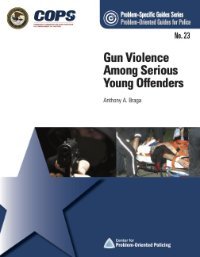By Everytown for Gun Safety
In California, a 16-year-old boy shot and killed two of his classmates and shot and wounded three others with a handgun. In Washington D.C., ghost guns were used in four recent fatal shootings. In Arizona, a neo-Nazi sex offender bragged on Facebook about his arsenal of firearms and homemade assault-style rifles. All of these people were legally prohibited from buying guns. But due to a dangerous wrong turn by ATF these individuals were able to access a haunting new source of firepower: ghost guns. Ghost guns are the thread connecting a horrific series of recent shootings. These do-it-yourself (DIY) firearms are made from parts available without a background check and are predictably emerging as a weapon of choice for violent criminals, gun traffickers, dangerous extremists, and, generally, people legally prohibited from buying firearms. Because it has no serial number, a ghost gun cannot be traced back to where it came from, which frustrates police investigations and robs victims and survivors of justice. The rise of ghost guns is the fastest-growing gun safety problem facing our country. But disturbingly little is known about who sells ghost guns, who buys them, and how much they are used in crime. The scant data available is disjointed and barely scratches the surface of the issue. To remedy this problem, Everytown for Gun Safety examined available data, including a sample of 80 online ghost gun part sellers and more than 100 federal prosecutions involving ghost guns, to find out who is selling and using these deadly weapons and what can be done about it.
New York: Everytown for Gun Safety, 2020. 28p.





















